Space
Sign up for our newsletter
We summarize the week's scientific breakthroughs every Thursday.
-
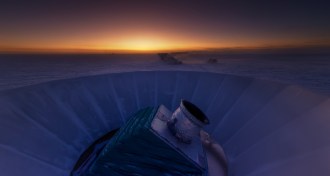 Cosmology
CosmologyPaper reporting primordial gravitational waves published
The paper reporting the detection of primordial gravitational waves from a split-second after the Big Bang has finally been published.
-
 Astronomy
AstronomyRosetta spacecraft is closing in on comet 67P/C-G
The Rosetta spacecraft is still on track to pull up and park next to comet 67P/Churyumov–Gerasimenko in August.
-
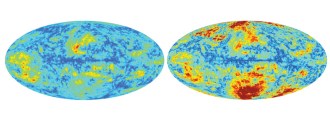 Cosmology
CosmologyDazzle or dust?
The unpredictable glow of galactic dust could undermine the biggest cosmological discovery in years.
-
 Astronomy
AstronomySupermassive black hole kills monster galaxy
A supermassive black hole appears to have shut down star formation in an ancient, massive galaxy.
-
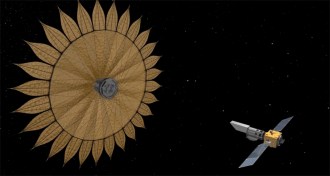 Astronomy
AstronomyStopping starlight may bring other Earths into focus
Two new telescope concepts compete for NASA’s approval, in hopes of taking the first picture of a life-bearing exoplanet.
-
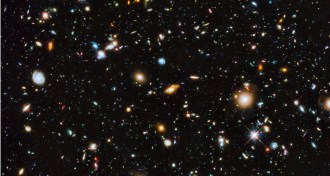 Astronomy
AstronomyHubble space telescope spies teenage galaxies
New Hubble telescope images show ultraviolet radiation from stars born during the universe’s adolescent phase.
-
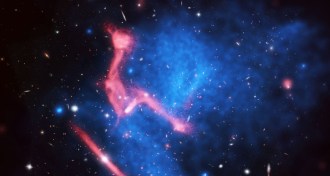 Astronomy
AstronomyGalactic collision creates huge particle collider
New images reveal a jet of particles shooting out of a collision among four galaxy clusters.
-
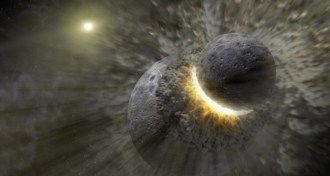 Planetary Science
Planetary ScienceMoon’s origins revealed in rocks’ chemistry
A new chemical measurement of rocks from Earth and from the moon supports the giant impact hypothesis, which explains how the moon formed billions of years ago.
By Meghan Rosen -
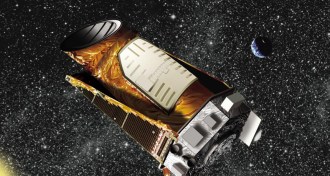 Astronomy
AstronomyRevived Kepler mission bags three planet candidates
During a nine-day engineering test, the Kepler space telescope turned up three potential Jupiter-sized planets orbiting other stars.
-
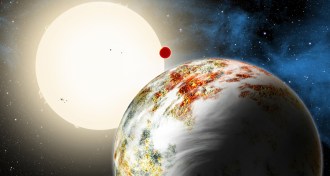 Astronomy
AstronomyRocky, overweight planet shakes up theories
Kepler-10c is a rocky exoplanet 17 times as massive as Earth, and astronomers are puzzled as to how it formed.
-
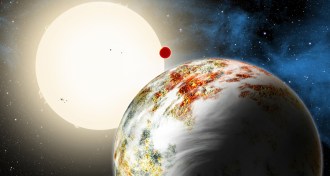 Astronomy
AstronomyKepler space telescope finds first ‘mega-Earth’
'Mega-Earth' has been added to the distinctions that describe exoplanets thanks to a newly announced Kepler space telescope discovery.
-
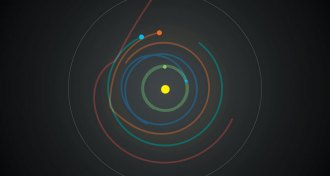 Planetary Science
Planetary ScienceDo-it-yourself solar system
If you've always wanted to build your own solar system, roll up your sleeves — SuperPlanetCrash is an online solar system simulator, set up as a game.